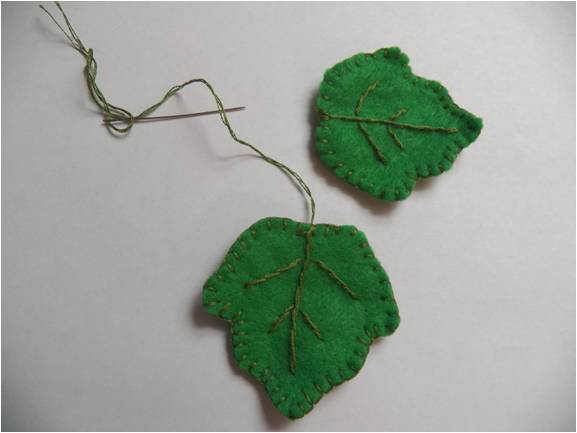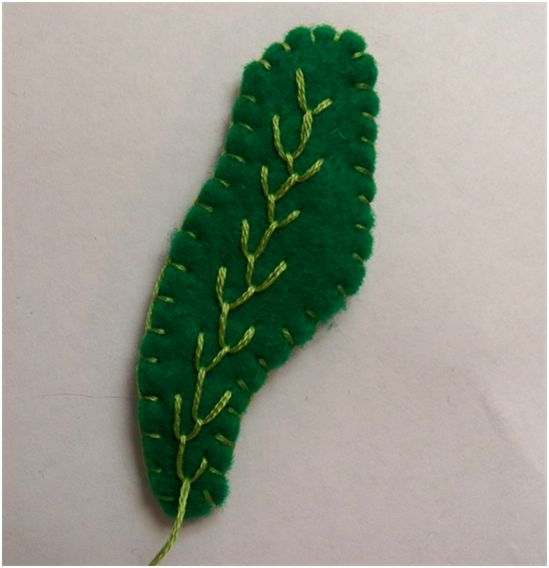 |
| Clare Verstegen, Overhead, 2006. Industrial wood felt, pigments, wood, transfers |
I'm having a blast with my Printed Textiles class! I'm working on my second assignment and have more of an idea of where I'm going than I did with the first one. I'm really interested in how I can use screen printed fabrics in quilting, so I thought that today I'd show you some things artists are doing with the medium.
The professor for the class is Clare Verstegen, an artist known in the field for her screen printed fabrics. She uses texture layering amazingly! You can see more of her work here and here.
 |
| Jessica Polzin , Quaint Little Quails, |
Quail are commonplace in the metro Phoenix area - you love them or tolerate them depending on how annoyingly they stake out your garden. Jessica Polzin's piece uses quilted and pieced screen printing with some wonderful quail. I haven't started cutting apart and piecing my pieces, but feel like that's going to be something I need to try. See other of her works here
 |
| Yvonne Brown, Purple Pavement, hand-dyed and screen printed fabrics. |
This piece by UK artist Yvonne Brown combines screen printing with layered fabrics, beading, and embroidery and has given me several ideas on the direction my pieces could take. I really like the non-linear edges on this piece. See more of her work here.
If you're interested in screen printing, stay tuned for more information on tutorials to get you started. In the meantime, this Wikipedia article gives you information on the medium.
Happy Creating! Deborah















































